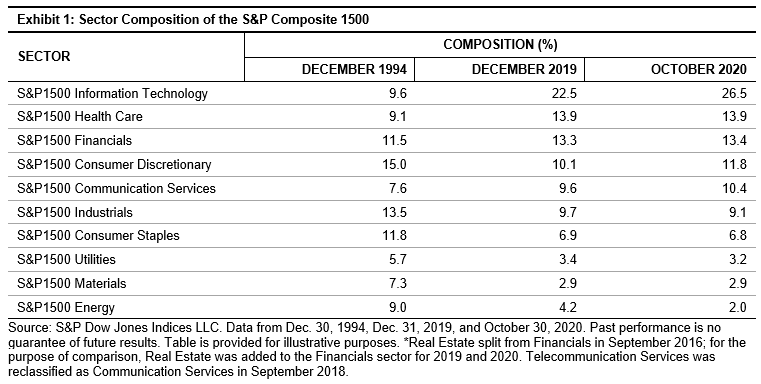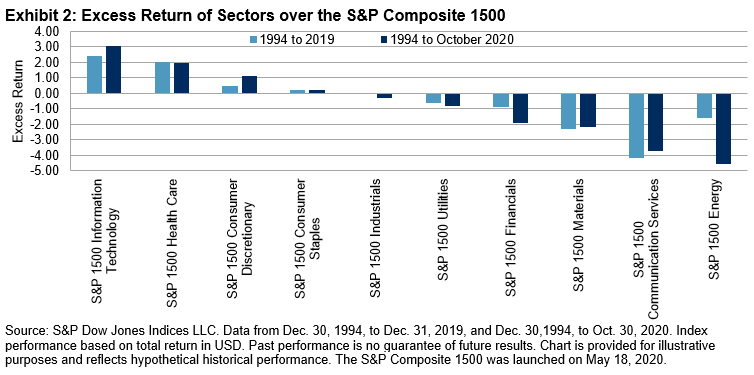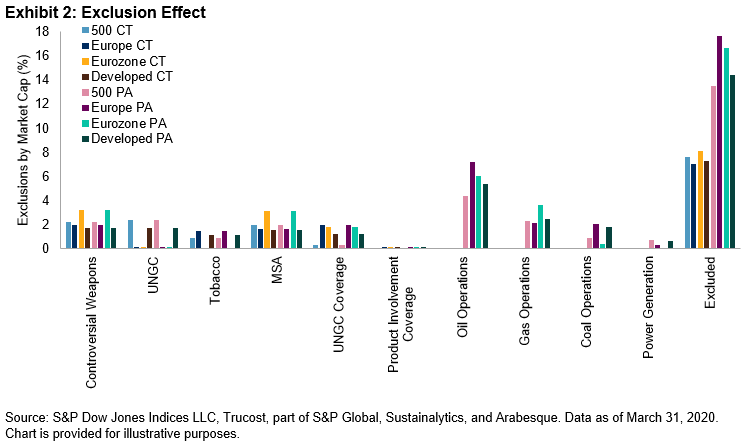Learn how the liquidity and interconnectivity of the S&P 500 ecosystem benefits market participants. CME Group’s Tim McCourt and State Street Global Advisors’ Rob Forsyth join S&P DJI’s Craig Lazzara to discuss.
The posts on this blog are opinions, not advice. Please read our Disclaimers.






















































